Meet the Designers Committed to Making Socially and Environmentally Conscious Jewelry
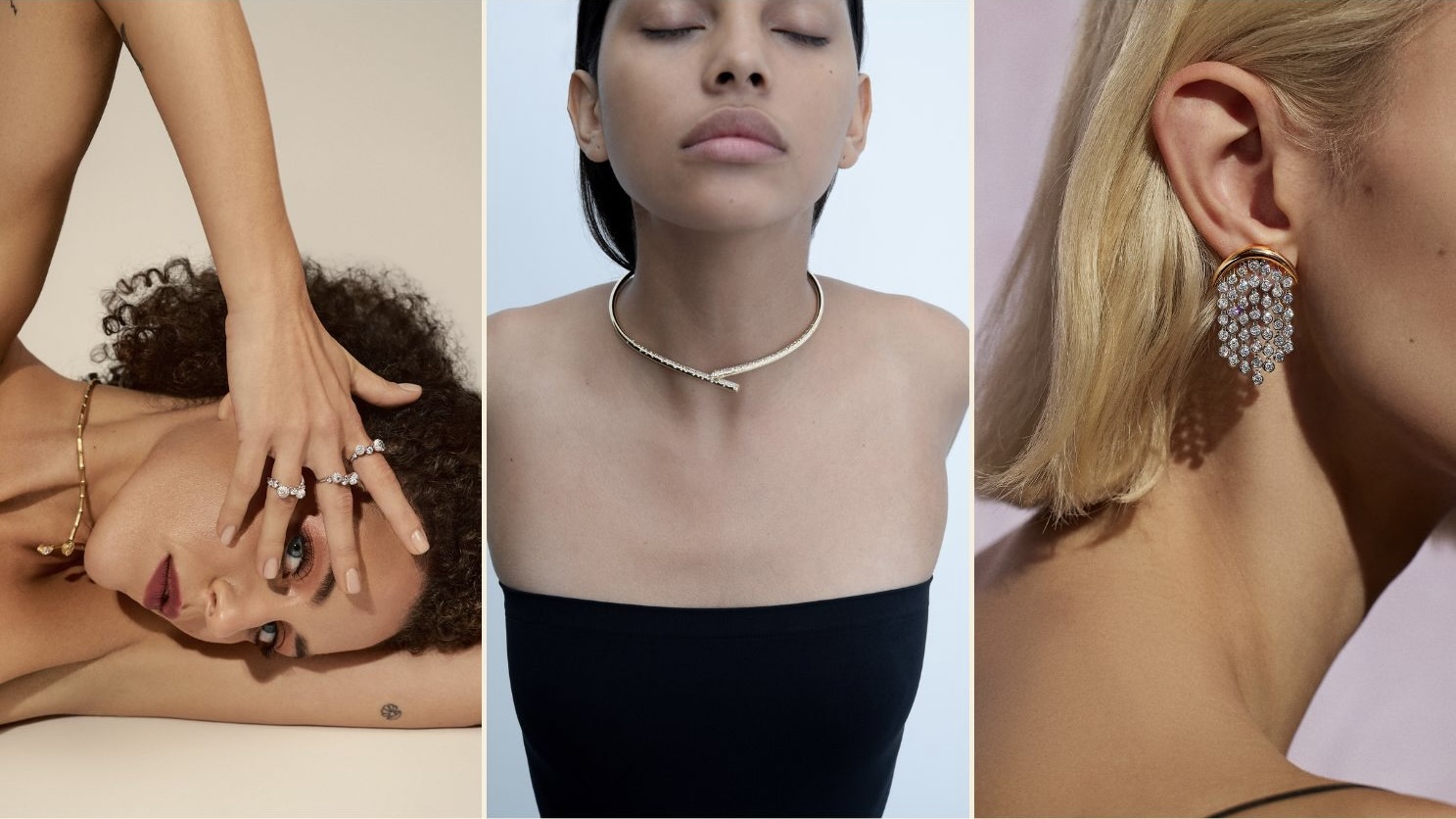
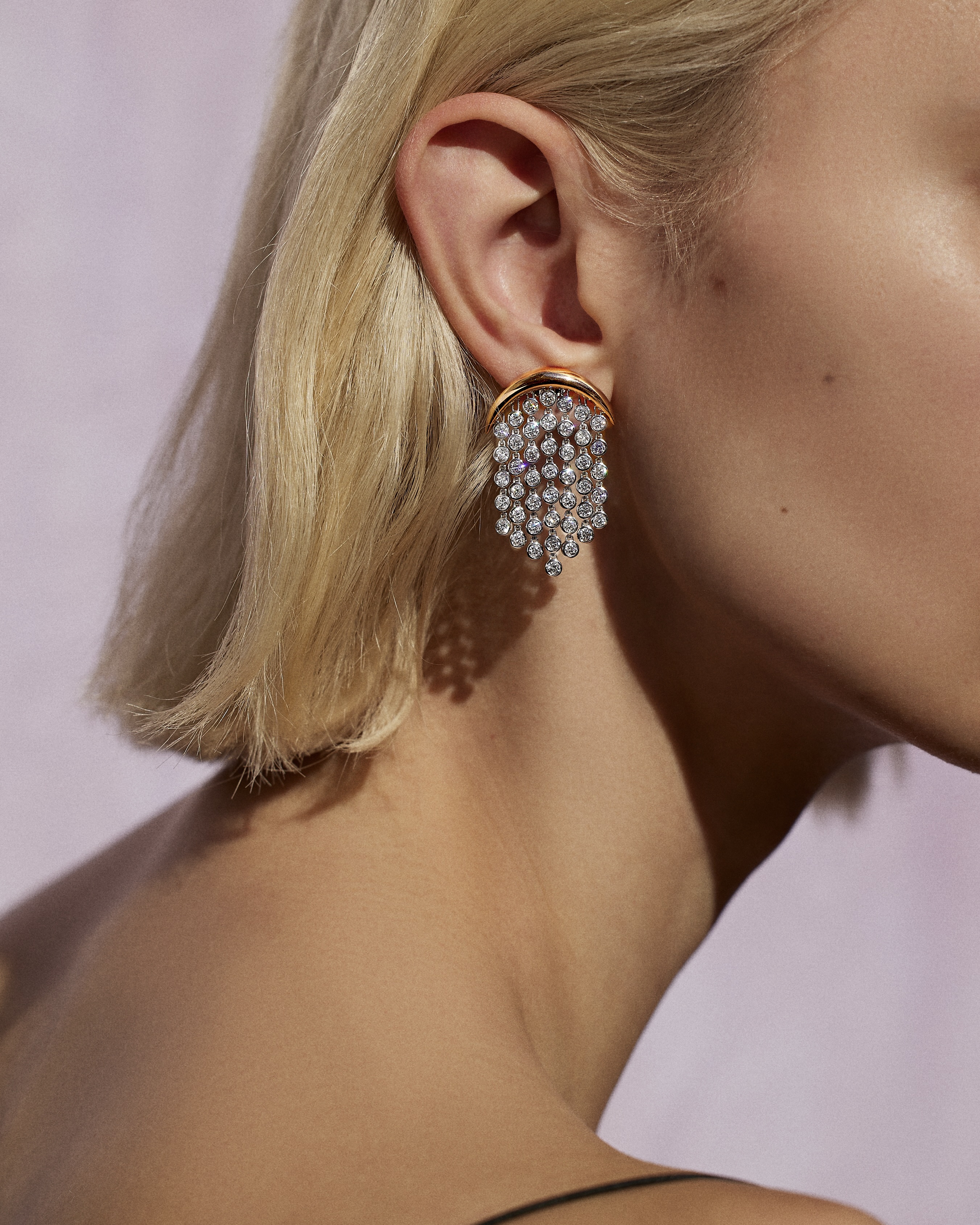
There’s more to diamond jewelry than its sparkle. More designers are committed to creating socially conscious businesses, which include responsibly sourced stones, ethically mined gold, and crafted in workshops that adhere to a code of conduct that protects its workers and minimizes its carbon footprint. That might not sound sexy, but it gives jewelry a feel-good factor that is priceless.
“It’s heartwarming when a bride can tell you where her diamond is from and get a clear idea of the people that have benefited from it,” says designer Thelma West, who sources her diamonds from Botswana, where she sees firsthand how the industry benefits the local communities. “I’d also just like to leave a better world for my daughters.”
That sentiment is permeating the diamond jewelry industry. At a time when there’s so much greenwashing, it’s inspiring to meet socially and ethically conscious designers who are going to great lengths to create businesses that are gentler on the planet. That includes knowing a stone’s origin and the craftspeople who make the pieces, buying Fairmined gold, and donating a percentage of profits to philanthropic causes, and more.
Did I mention that the diamond jewelry is fabulous? These designs are stylish, contemporary pieces that speak to the way we live and dress today.
This is the first part of a new series that highlights designers
and brands that are creating responsibly sourced jewelry
and employing sustainable and ethical practices.
Thelma West
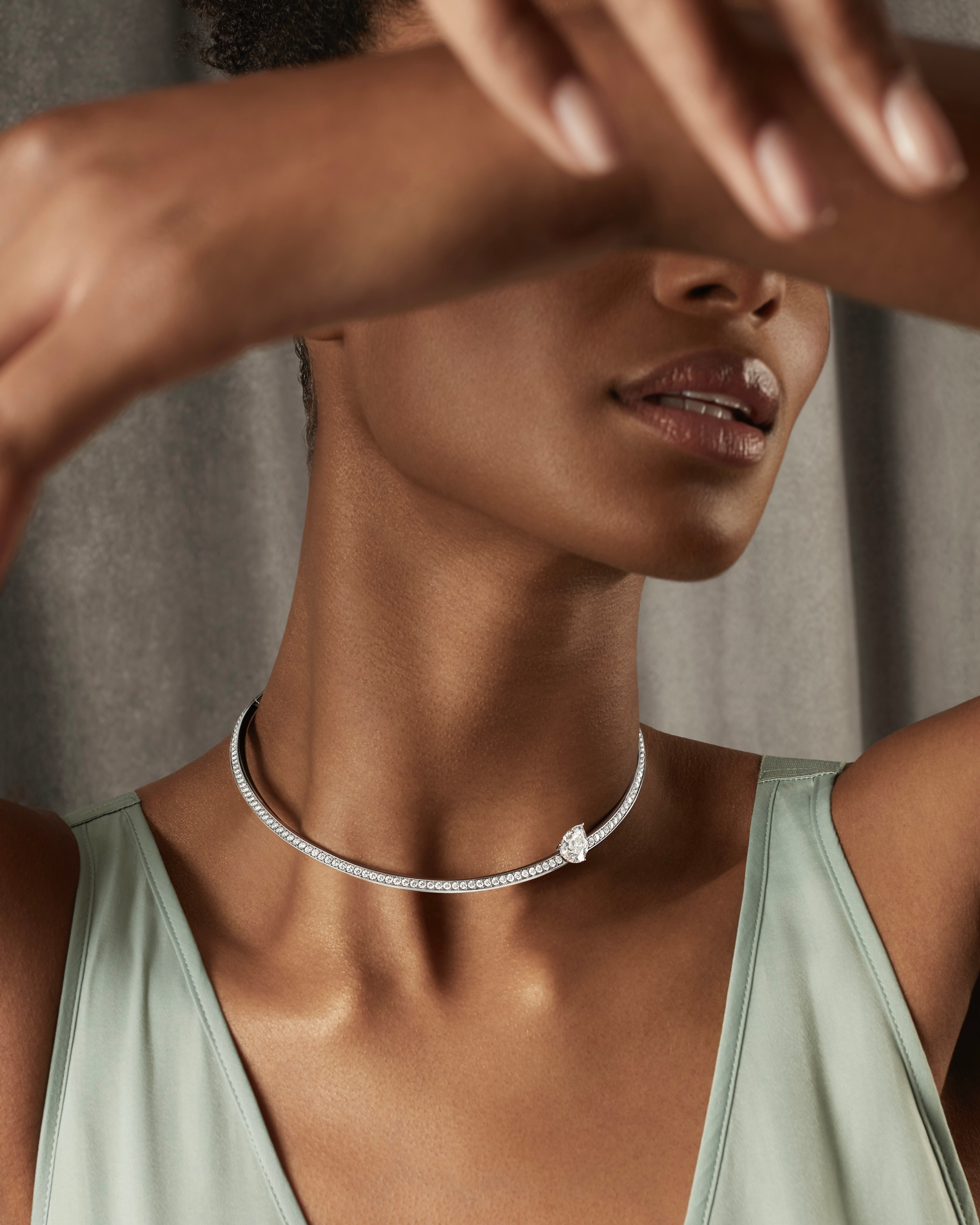
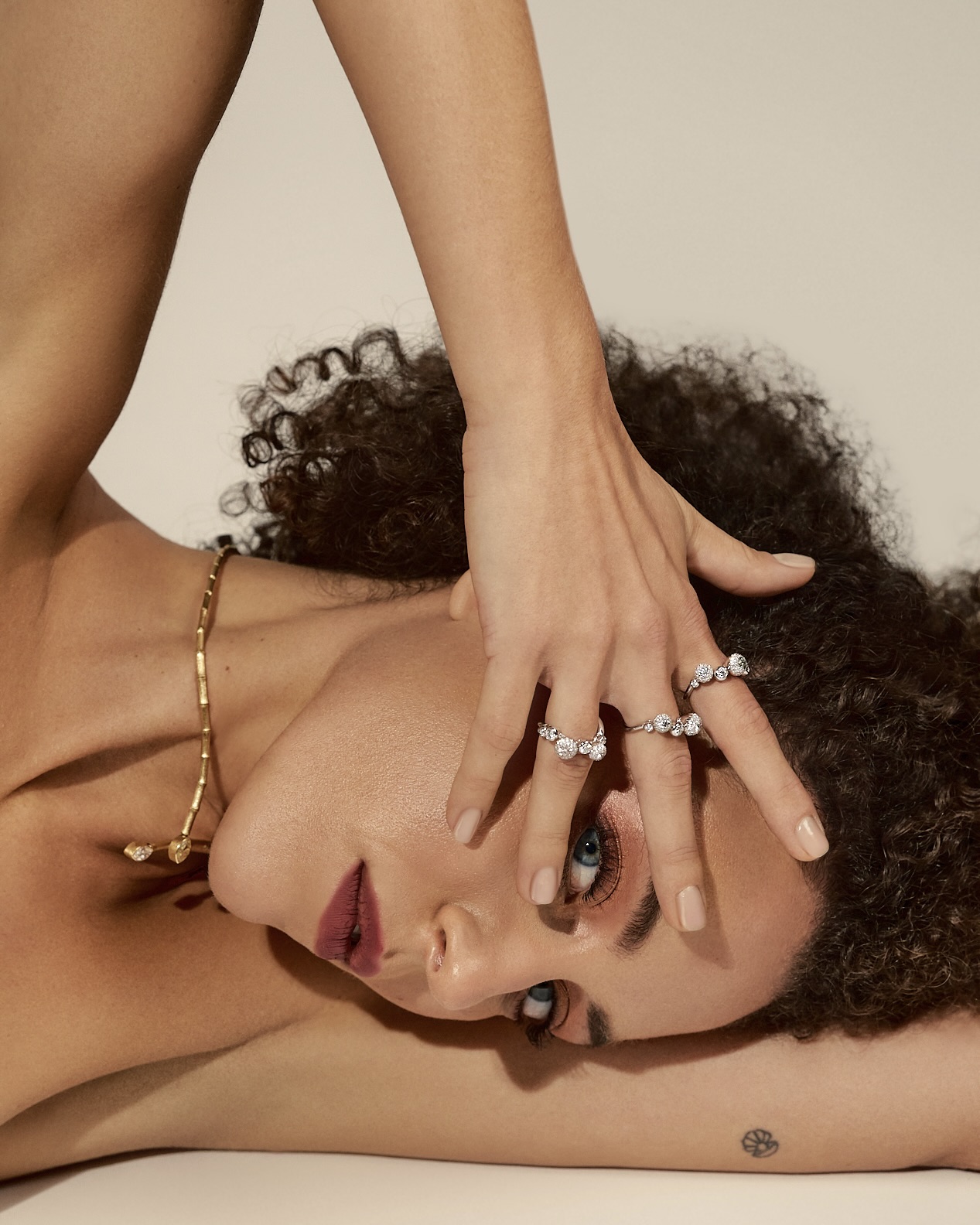
Thelma West, a Nigerian-born jeweler based in London who sources all her diamonds in Botswana, where she has seen the industry transform the country. “I know how diamonds and gemstones can really change lives, feeding millions of people, empowering communities,” she says.
West’s business is rooted in creating pieces that have deeper meaning and impact: She uses responsibly sourced diamonds, gemstones, and gold, and each piece is handmade by artisans whom she personally vets to ensure that the workshops who make her pieces align with her values. Rather than churning out collections, West creates contemporary one-of-a-kind pieces, each is a personal expression of the designer and wearer.
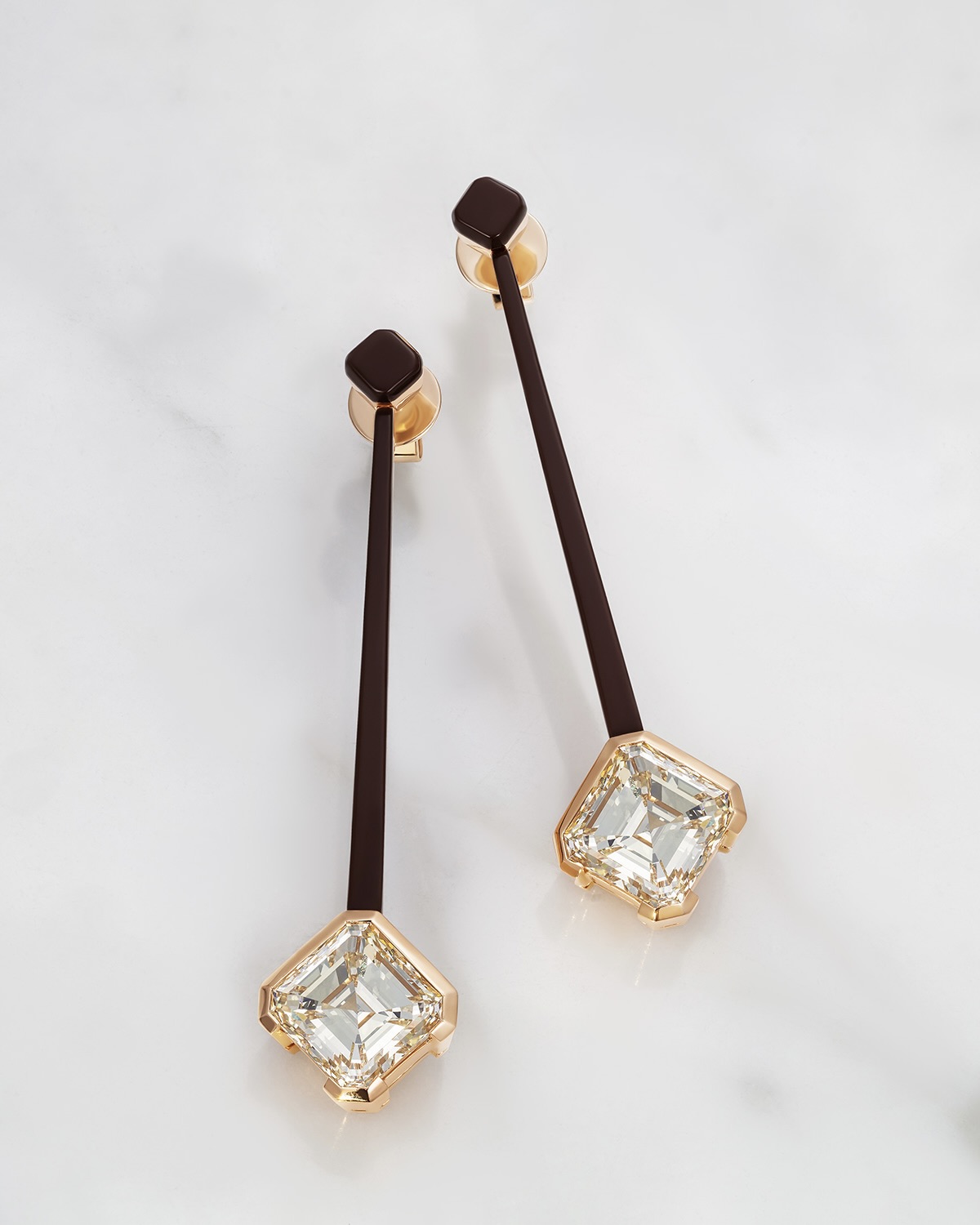
Why diamonds from Botswana?
TW: Buying a piece of jewelry with a Botswana diamond is a symbol of ethical, heartfelt luxury. It supports the wonderful work done in Botswana, where diamonds are uplifting a whole country, widely benefiting those communities with increasingly sustainable extraction practices. I only work with natural diamonds, which have a much smaller carbon footprint than fake lab-grown diamonds.
How do you know your gems are responsibly sourced?
TW: We have a simple and transparent supply chain, allowing us to trace the journey of every stone from its source to the final piece of jewelry.
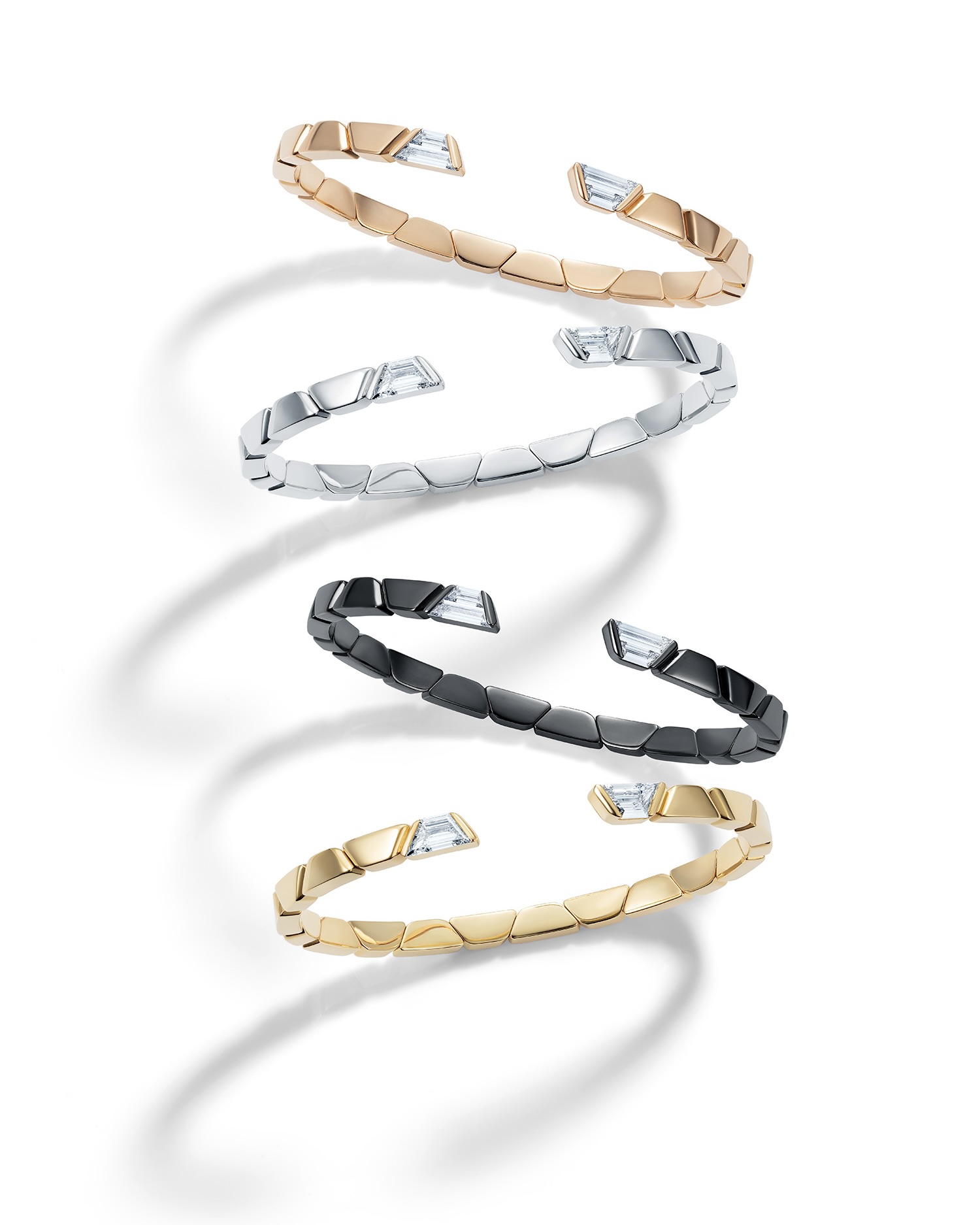
Where do you source gold?
TW: My gold suppliers have certifications, such as the Responsible Jewelry Council (RJC) or Fairmined, reflecting their commitment to sustainability and ethical practices. A significant portion of my creations features recycled gold. This is a meaningful step toward reducing the demand for new mining and minimizing the environmental footprint associated with gold production.
How do you minimize your carbon footprint?
TW: I have also just started a side project which is very much around regenerative agriculture and, as part of that, we are reforesting land to unproductive woodland. That is my way to make an honest, albeit small, effort at offsetting some of my carbon footprint.
Nigora Tokhtabayeva, Tabayer
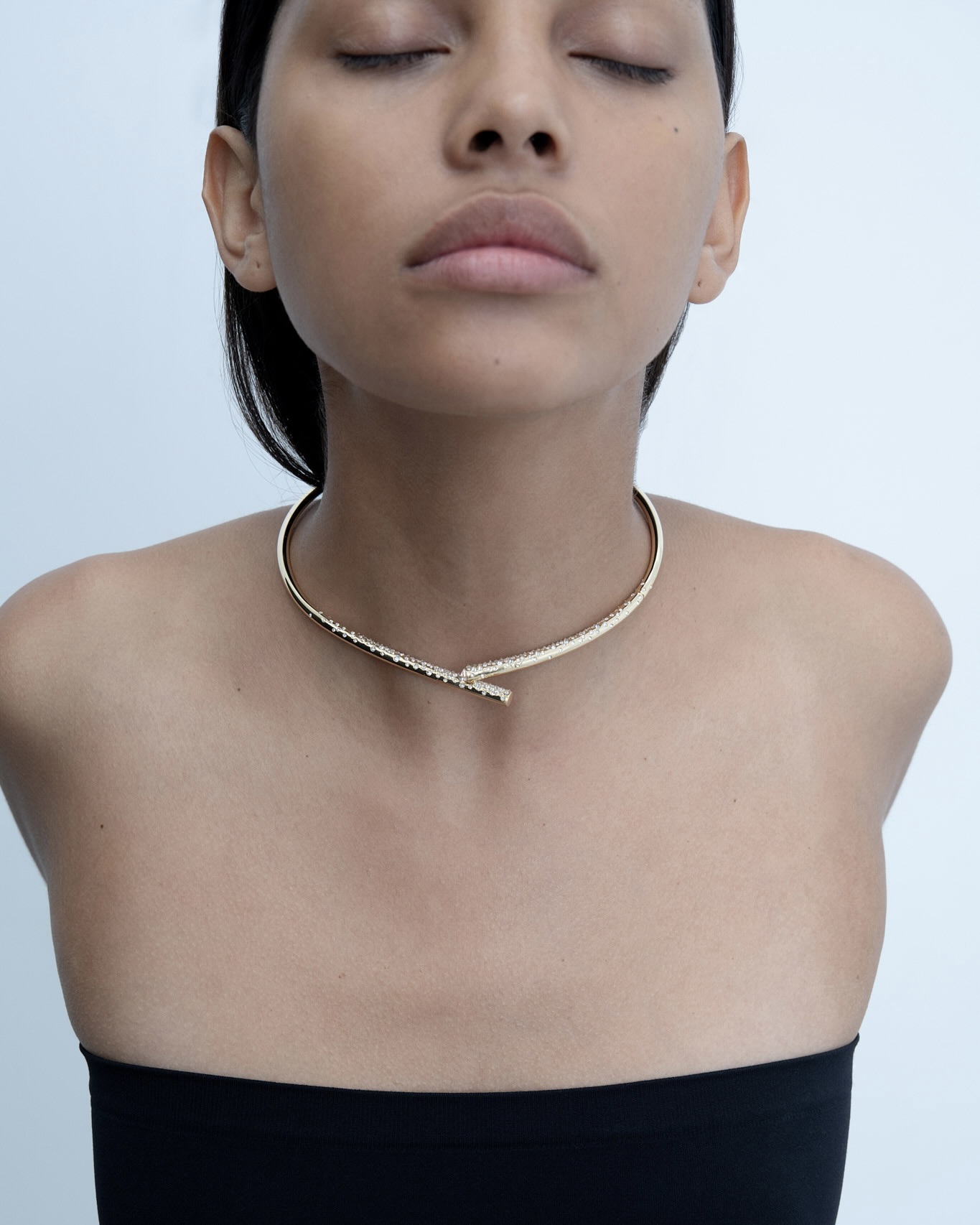
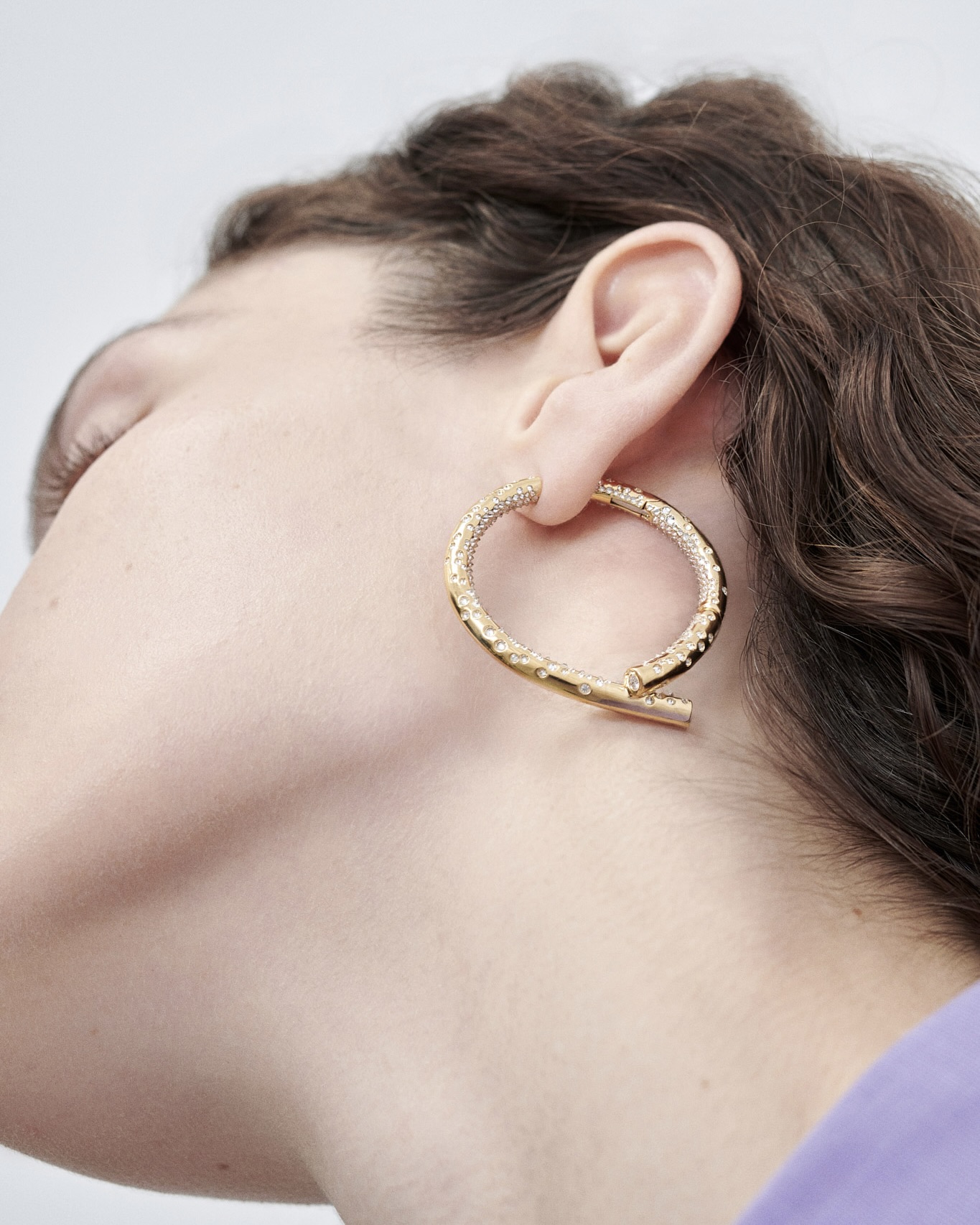
When Tokhtabayeva unveiled the Tabayer collection in Paris in 2019, she made sustainability an integral part of her vision. She’s seen the shift in the minds of consumers, saying, “They want brands with values, especially the younger generation, who are increasingly looking for brands safeguarding equitable working conditions and minimizing the impact on the environment.”
Where do you source diamonds?
NT: We procure all our diamonds from recognized global sightholders who are members of the Responsible Jewelry Council (RJC). Our suppliers undergo rigorous audits and are certified by the RJC. This certification attests to their strict compliance with the RJC’s internationally recognized Code of Practices. This comprehensive code encompasses a wide spectrum of the certified member’s operations, including aspects related to human rights, community development, anti-corruption measures throughout the entire supply chain, labor rights, working conditions, health and safety standards, environmental responsibility, and the accurate and transparent disclosure of all the products they sell.
I’m working with GIA’s new ‘source verification service’ which can verify the mine the diamond rough came from. This verification will allow Tabayer to have full traceability on the diamonds we use over 0.15 carats.
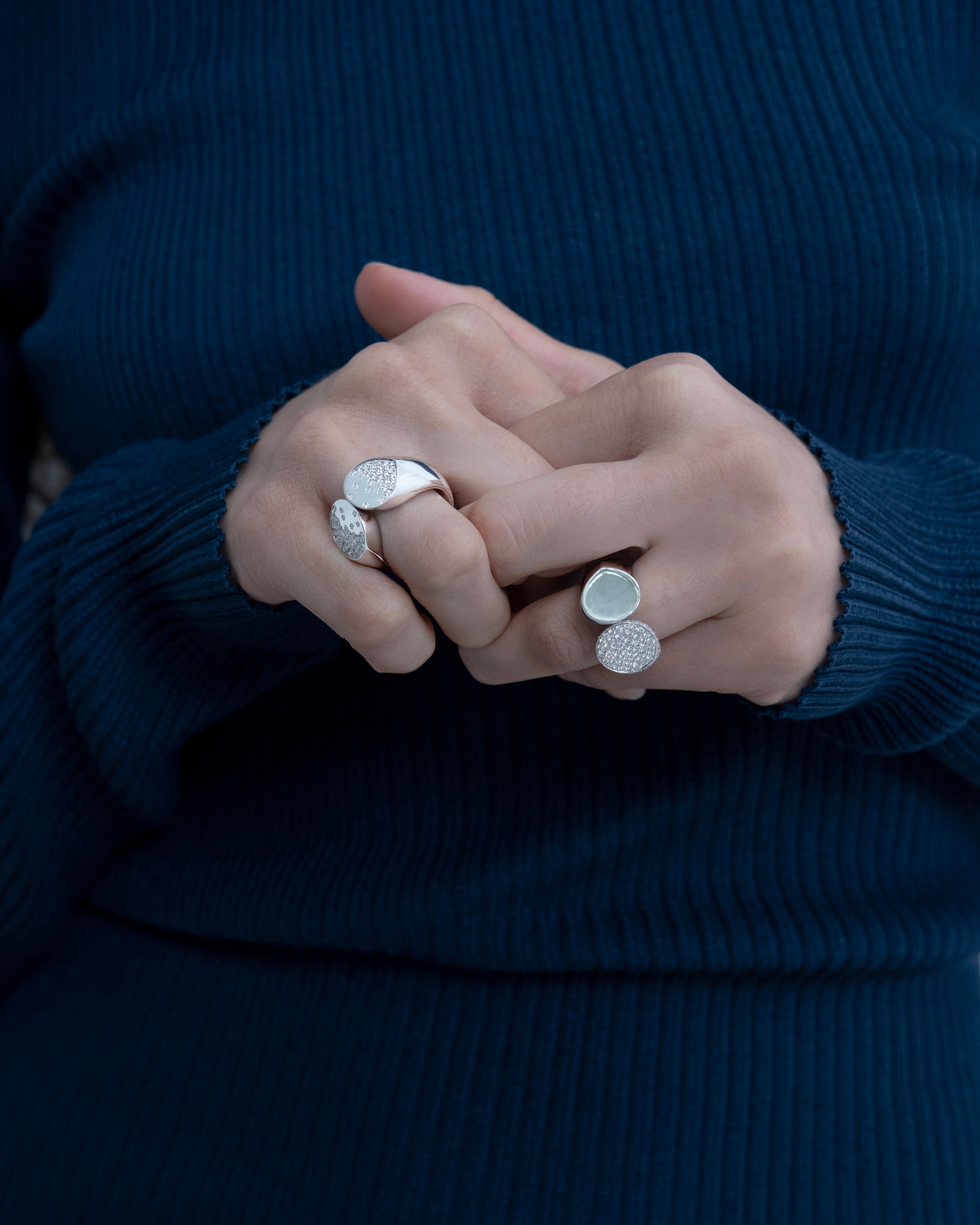
Where do you source gold?
NT: The gold is proudly certified as Fairmined, sourced from artisanal mining organizations with strict labor and safety guidelines that are committed to promoting social development as well as environmental protection.
Where’s the jewelry made?
NT: Our jewelry is meticulously crafted in small factories (family-run businesses) that have a rich history of operating in Italy for many decades.
What other groups do you support?
NT: As a woman and a mother of five, I made the deliberate choice to lend my support to two causes that hold special significance for me: Every Mother Counts is an organization that deeply inspires me with its mission to ensure safe pregnancy and childbirth for every mother, around the world, and the Period Abundance Foundation is a charitable organization dedicated to providing safe and sustainable period undergarments to those in need.
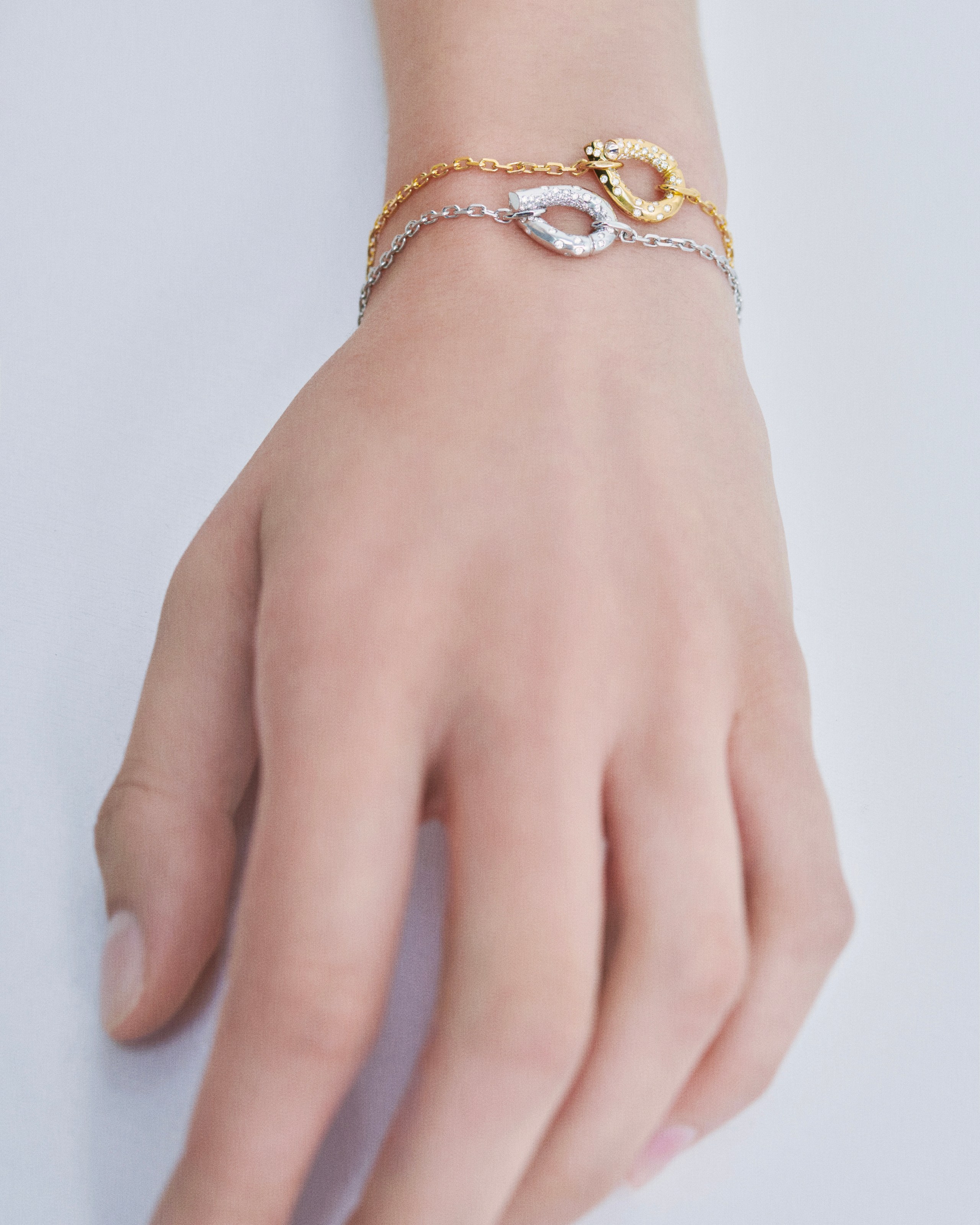
How do your personal values influence your jewelry design?
NT: Growing up in Uzbekistan, I was deeply immersed in a culture where jewelry held significant spiritual significance, functioning as protective amulets, and this had a profound impact on me. To me, jewelry transcends its role as mere embellishments or ornaments. I wanted to create pieces that can grant their wearer the spirit of autonomy and self-determination. Tabayer pieces are modern amulets to make anyone who wears them feel empowered to achieve what they set their mind on.
Emily P. Wheeler
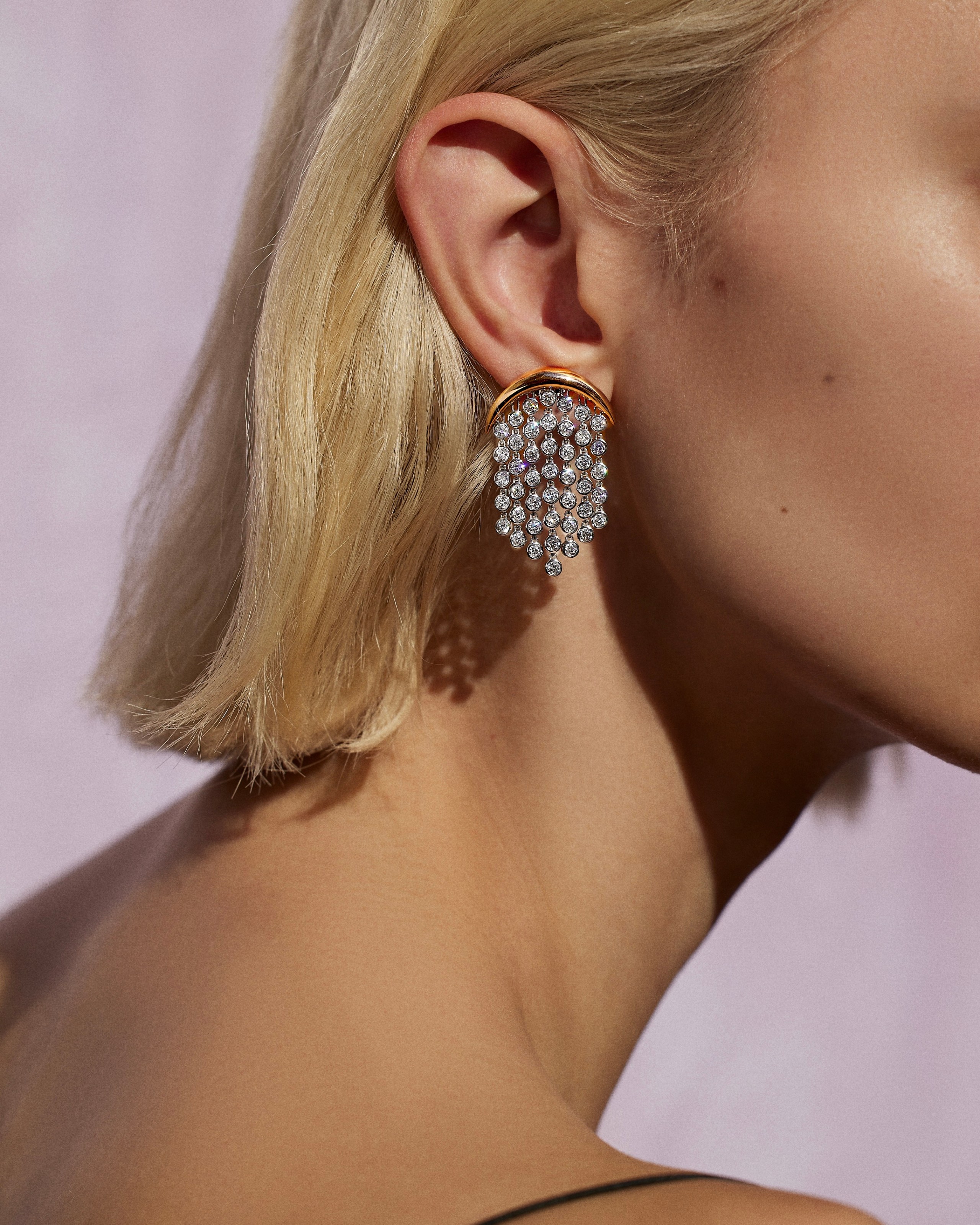
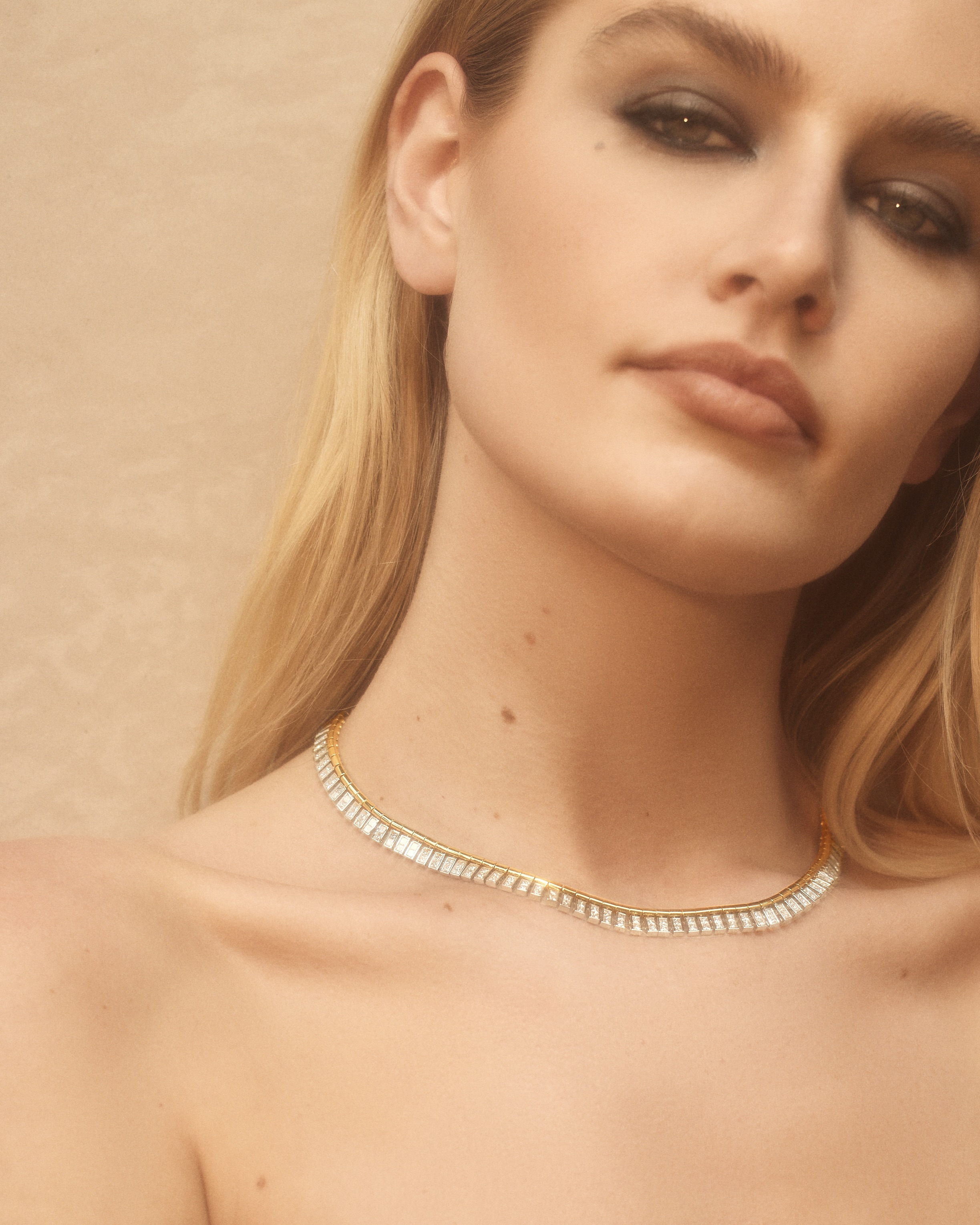
To ensure she’s doing everything possible to create sustainably sourced jewelry made in ways that benefit all the hands that touch the piece, Wheeler hired a sustainability coach to help her develop a Supplier Code of Conduct for all her partners. That ensures she’s creating jewelry that is beautiful and that you can feel good about.
Where do you source diamonds?
EW: I source as much repurposed melee and large diamond cuts as I can, including antique and vintage stones.
How do you ensure your diamonds and gemstones are responsibly sourced?
EW: I’ve been working for years with trusted suppliers that I vet myself or that are RJC members. With larger stones, it’s also easy to tell if something is authentically antique based on the cut.
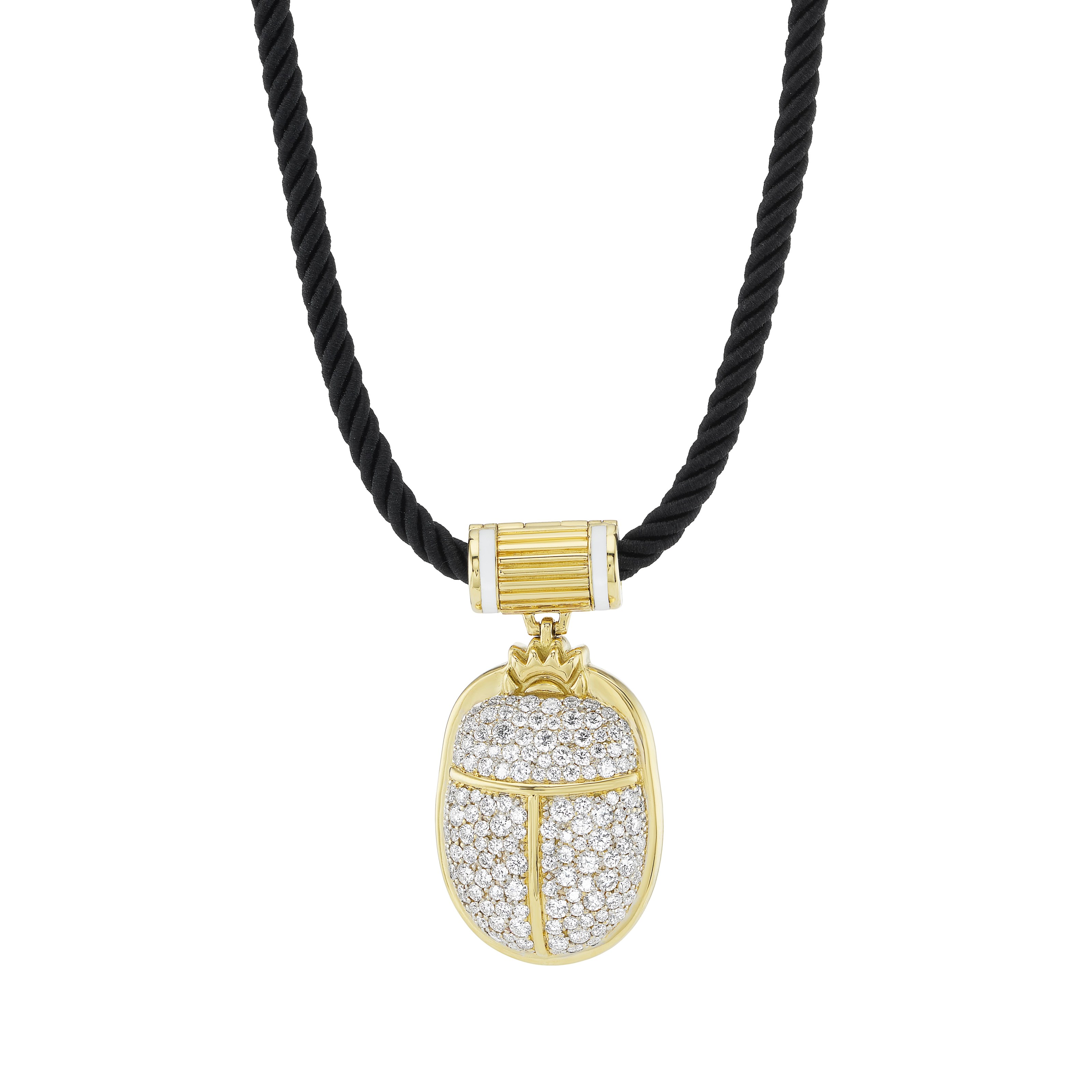
Where do you source gold?
EW: I have used recycled and Fairmined gold and am moving towards Single Mine Origin gold for 100% of the collection.
What philanthropic groups do you support?
EW: We donate approximately $20,000 or more of product towards fundraising initiatives each year. In the past, that has been towards animal rights groups, Boys and Girls Club of America, NAACC, and the Marfan Foundation.
How does your philosophy impact your jewelry?
EW: I don’t design with materials that I believe to be irresponsibly sourced; I look for alternatives to gold and I use antique stones.
Erin Sachse, founder of Eriness
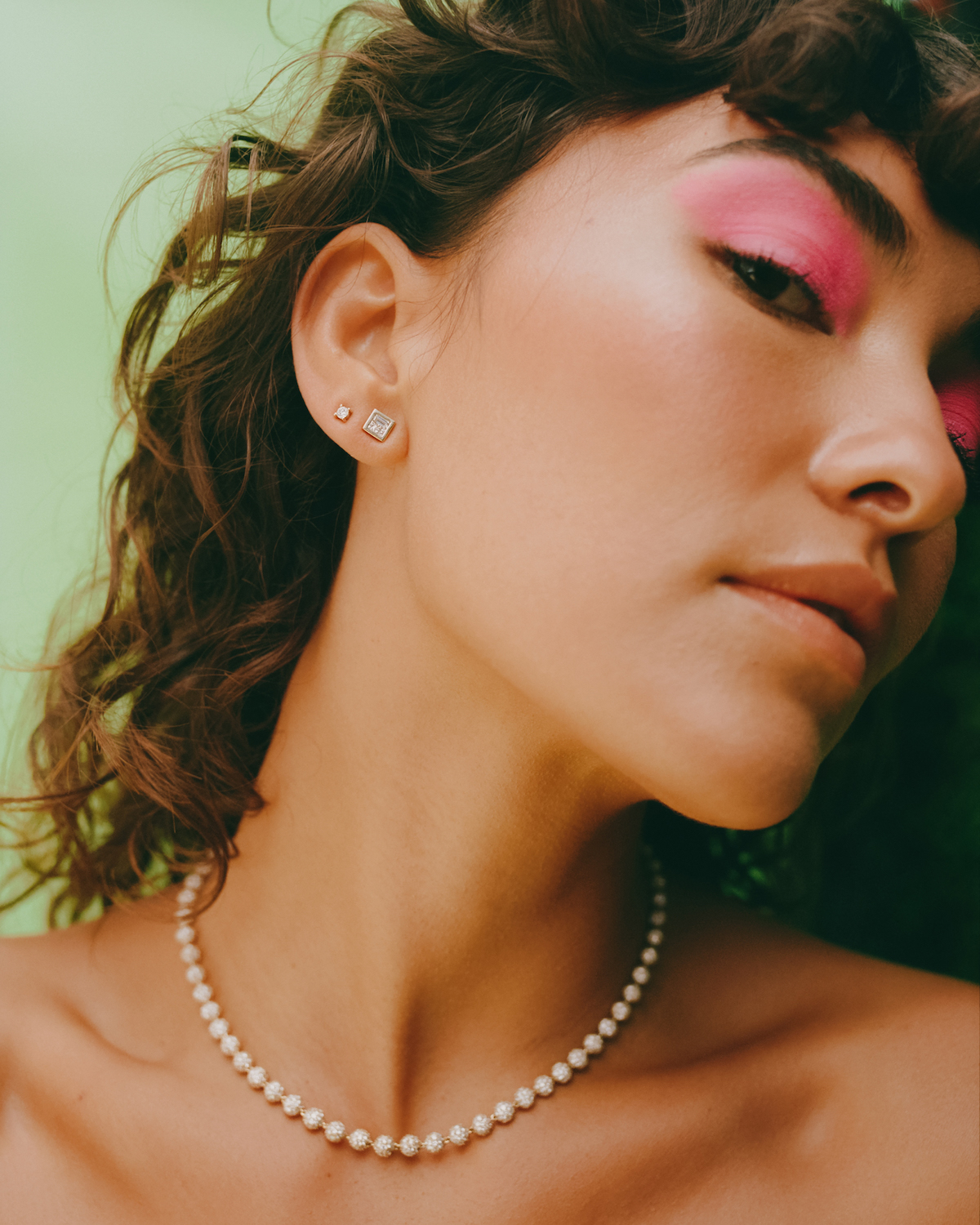
“The morals and values I uphold for my personal life are the same as the ones I have for my business,” says Erin Sachse, the Los Angeles-based designer. She lives and breathes that mantra, even when it means spending more time and money to find the partners that align with her values.
How do you ensure your jewelry is responsibly sourced and produced?
ES: When I began the process of finding a production team, it was important to me that I worked with a team that cared about sustainability, safe practices, conflict-free materials, and of course, impeccable workmanship. The team we work with is a member of the RJC, which ensures supply chain integrity from start to finish.
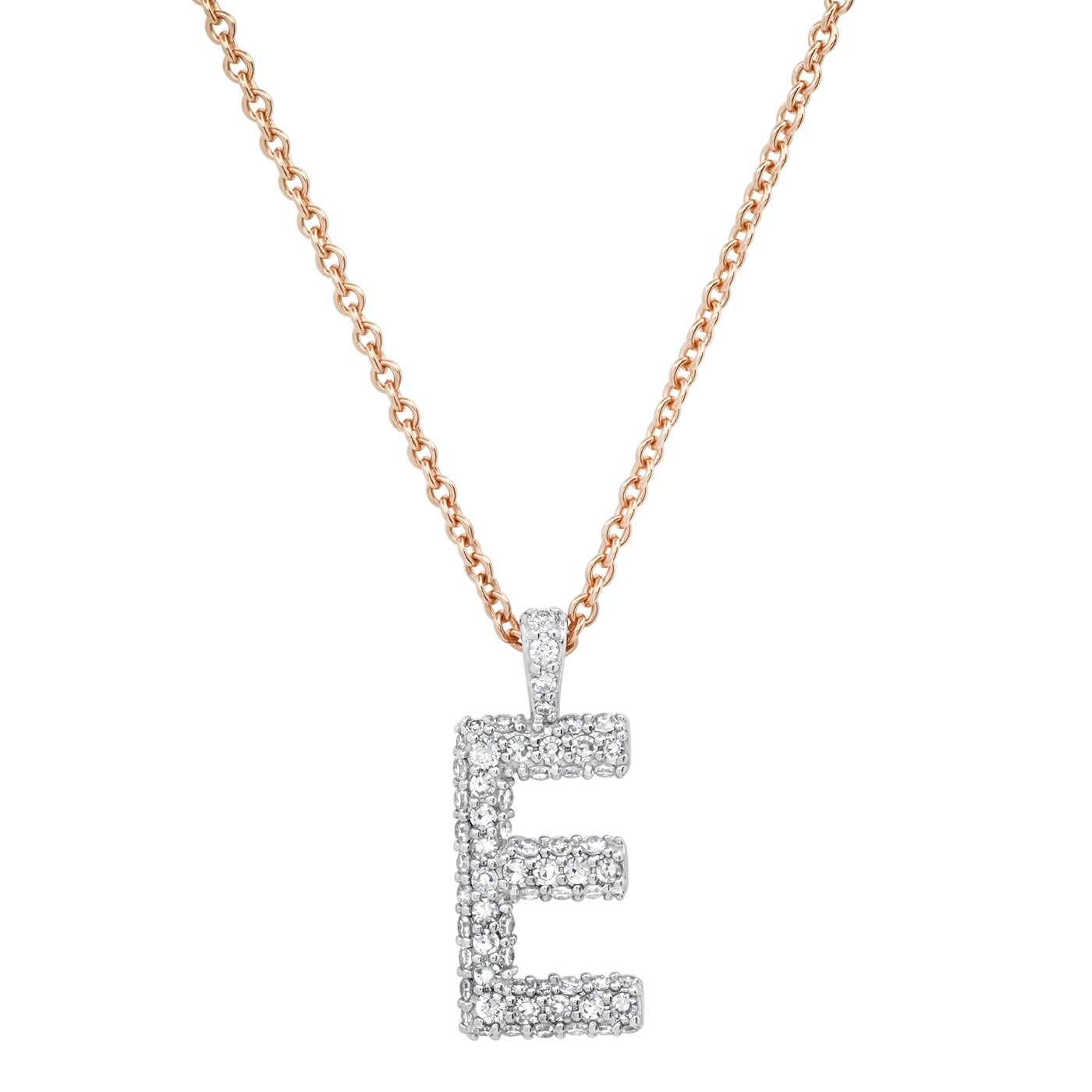
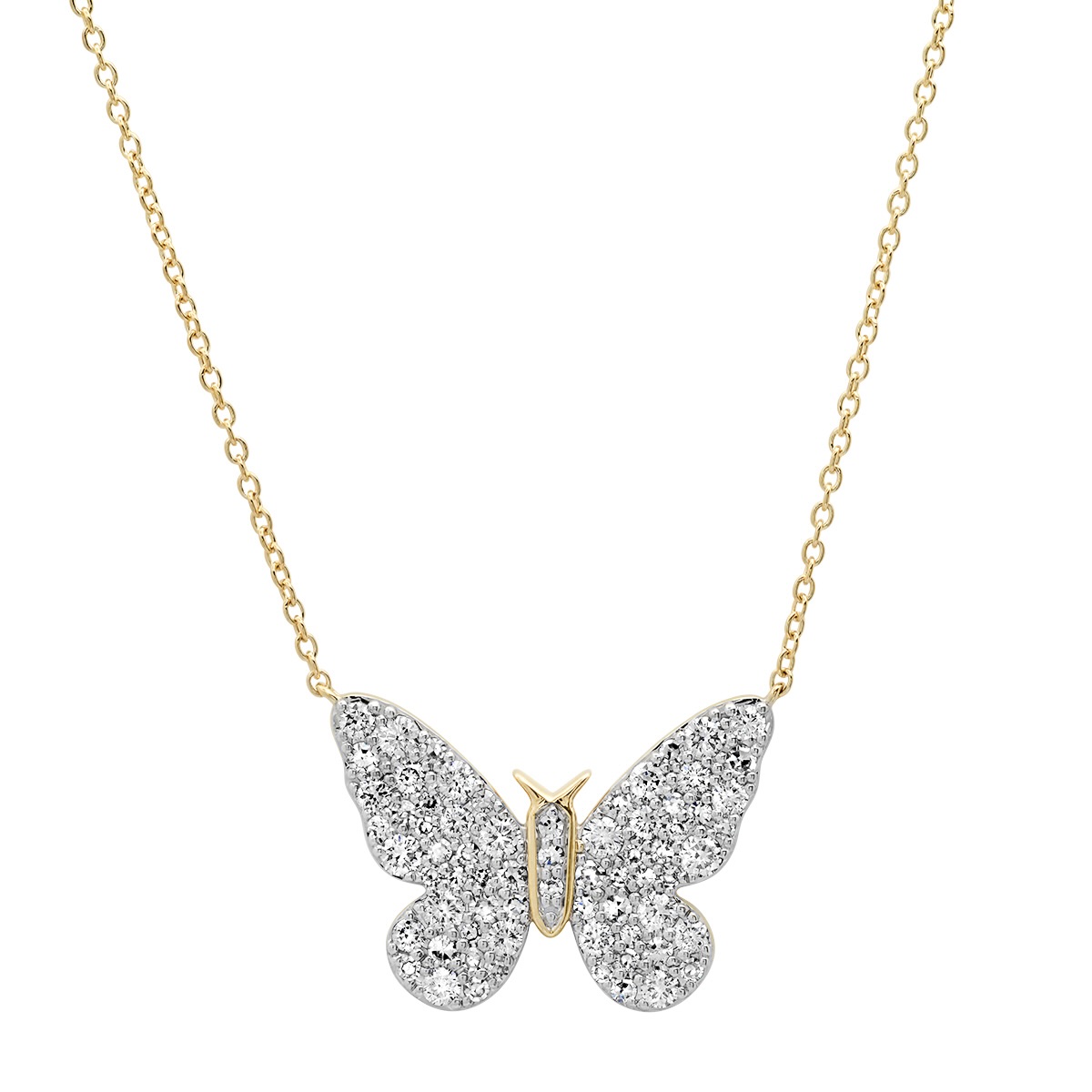
Where do you source diamonds?
ES: All of our stones are certified as conflict-free and verified with the Kimberley Process and the System of Warranties (SoW) Guidelines. I am proud to create beautiful products that morally align with my beliefs and are ethically sourced.
Where do you source gold?
ES: We’ve been sourcing conflict-free gold with the same company out of New York for over eight years.
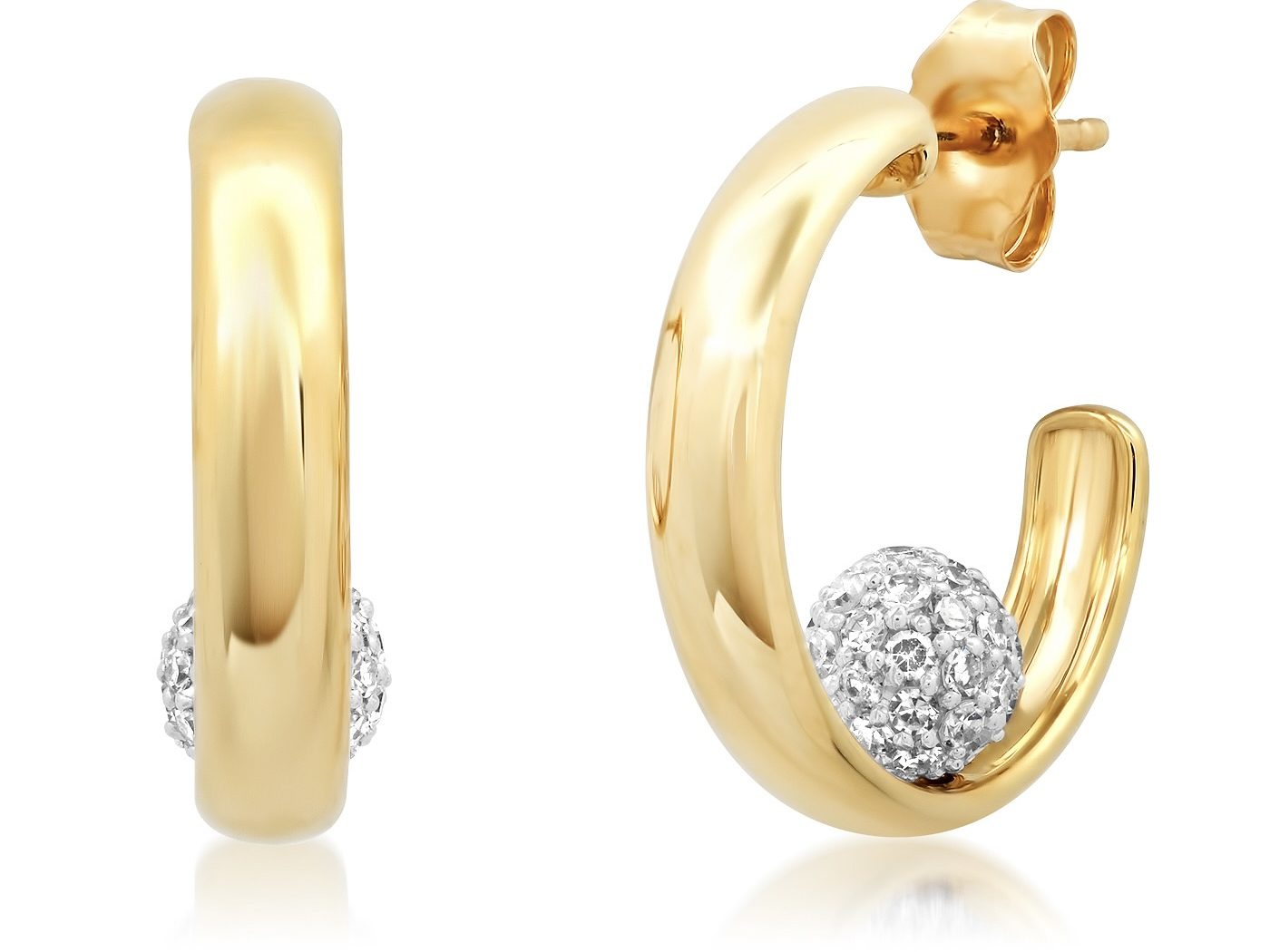
What other groups does your jewelry support?
ES: Channeling my belief that Eriness can do more than just sell jewelry, we donate proceeds of the Resist collection to the ACLU, Color of Change and Planned Parenthood. It’s easy to feel helpless in today’s political and social climate and I think however small this is, it feels like you can do your part.
How does your philosophy impact your jewelry design?
ES: For me, jewelry is not a one-time wear. It’s something you have forever. Something you pass down to loved ones and something that tells a story. The jewelry I design reflects my love of nature, simplicity, and spirituality.
